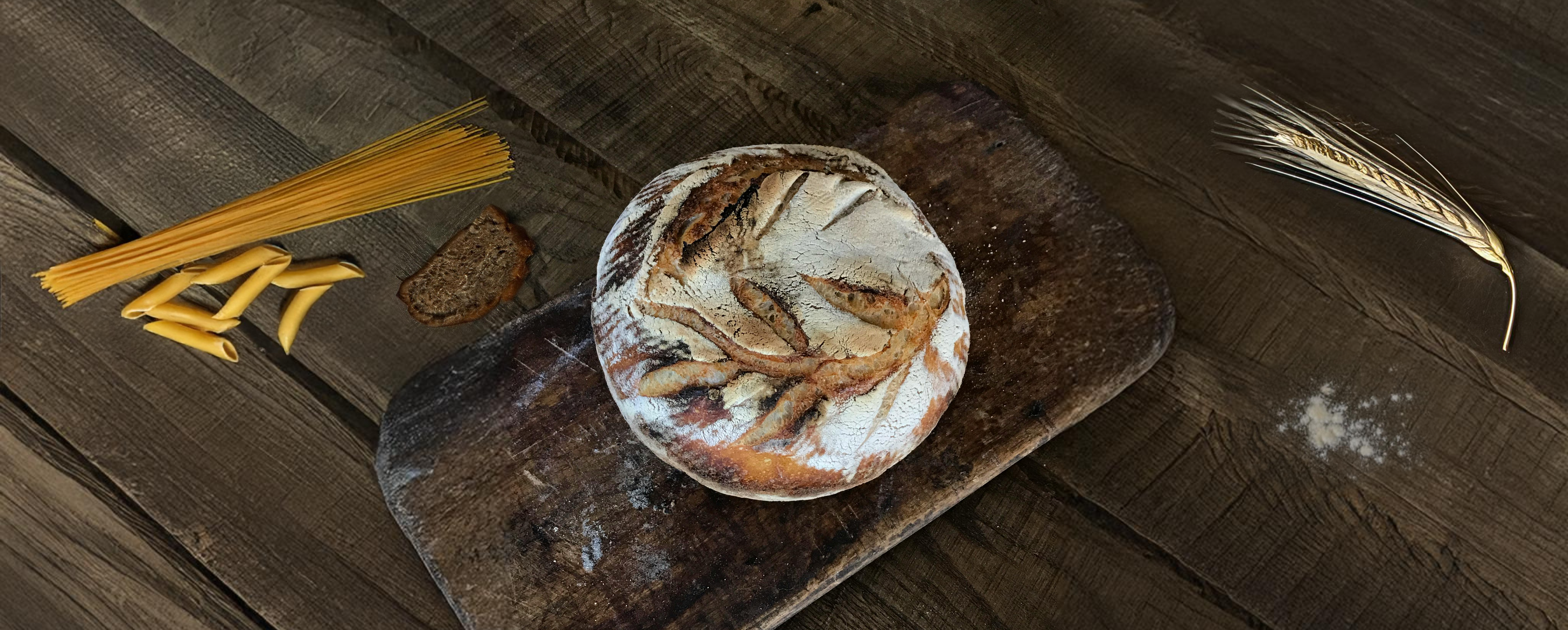
Pumpkin and IBS
What is low in calories, rich in fiber, and super tasty? Pumpkin, of course! While pumpkin is primarily associated with Halloween, this vegetable is often available in grocery stores year-round. Pumpkins are not only great as spooky decorations but also incredibly delicious in food. Additionally, pumpkin and IBS often make a good combination.
Besides adding a creamy and smooth flavor, pumpkin is packed with nutrients. It is rich in vitamin A, folate, and vitamin C, as well as the antioxidants lutein and zeaxanthin. And don’t forget about the nutritious pumpkin seeds! They are packed with muscle-relaxing magnesium and immune-boosting omega-3. Pumpkin seeds also contain minerals like copper, manganese, iron, and zinc. Did you know, for example, that pumpkin seeds contain almost as much iron as black pudding? Roast the seeds with a little salt and oil in the oven, and you’ll have a tasty and healthy snack. Rinse the seeds and let them dry, spread them on a baking sheet, mix with oil and salt, and roast for about 20–30 minutes at 175°C (350°F). Done!
Pumpkin varieties that work well with IBS
Pumpkin is a vegetable within the gourd family and can come in various forms. Some are yellow, others orange. Some are bumpy, while others are smooth. They come in many colors and shapes, and for those with sensitive stomachs, it’s important to choose the right variety. The following pumpkin varieties are the most gut-friendly:
Hokkaido squash
Round, smooth, and deep orange. The Hokkaido squash has a nutty, sweet, and slightly buttery flavor. It works well in soups, casseroles, and roasted dishes. The skin softens in the oven, so you can leave it on. Gentle on the stomach.
Take control of your IBS today!
Are you ready to take back your life from IBS? Our app provides the tools and guidance you need to manage IBS effectively.
Try the app for freeHalloween pumpkin
The classic “jack-o’-lantern” pumpkin. It is orange in color, both the skin and the flesh. It tastes like a mix between zucchini and carrot. It works well in soups, pies, and casseroles. Gentle on the stomach.
Butternut pumpkin
Pale orange and pear-shaped. The flesh tastes like a sweeter version of zucchini. Great in dishes like soup. Contains sugar alcohols that can upset the stomach, so consume no more than 100 grams per serving.
Kabocha squash
Round, green-striped squash. It has dark yellow flesh with a sweet and nutty flavor. Delicious when baked in halves.
Spagetti squash
Green-yellow and elongated. The flesh of spaghetti squash resembles spaghetti as it becomes stringy when scraped out and cooked. Mild and neutral in flavor, it is similar to zucchini but sweeter. Limit to a maximum of 65 grams per serving.
How to store pumpkin
Pumpkin has a relatively long shelf life, especially when stored in a dark, dry, and cool place. Ideally, in the refrigerator. A whole pumpkin generally lasts longer than a cut one. If you store it cut, it’s best to remove the seeds and wrap it in plastic wrap.
Find pumpkin and other foods in the Belly Balance app
In the Belly Balance app, you can log symptoms, keep a food diary, scan products, find FODMAP lists, and much more to help you manage your IBS.. It’s not always easy to understand what triggers your symptoms, which can lead to confusion and stress. However, by following the FODMAP diet, including nutrient-rich foods in your diet, and being aware of foods that may trigger symptoms, you can lead a healthier and more carefree life.
Sofia Antonsson
Reg. Dietitian, Belly Balance
Read more about

IBS And Food
Navigating the world of food when it comes to IBS can be challenging. How should one eat when dealing with IBS? Everyone has their own dietary advice for IBS, and there are many myths and misconceptions. You might have received advice such as eating more or less fibre or eliminating gluten.

Gluten
In recent years, several articles have emerged discussing whether we should consume gluten or not and whether it is gluten or FODMAPs that is the culprit for digestive issues. Some experts caution against eliminating gluten from the diet, while others argue that gluten itself can lead to a variety of symptoms and diseases, with digestive problems being just one of them.

IBS and gut flora
How quickly can you change the gut flora? Is there an optimal gut flora, and what role does it play in the development of IBS? Many people wonder, but the answers are still not entirely clear. Here, we summarize what is currently known about the connection between gut flora and IBS.

